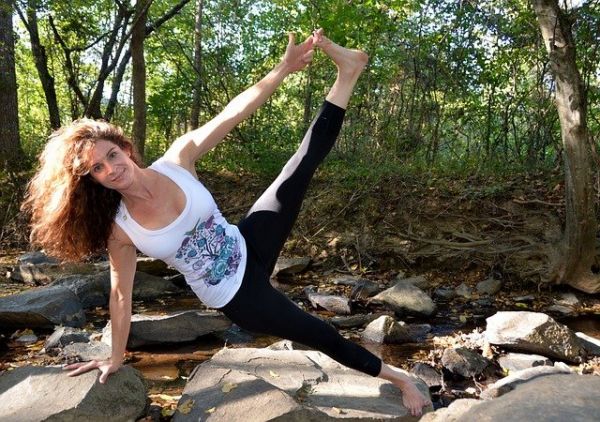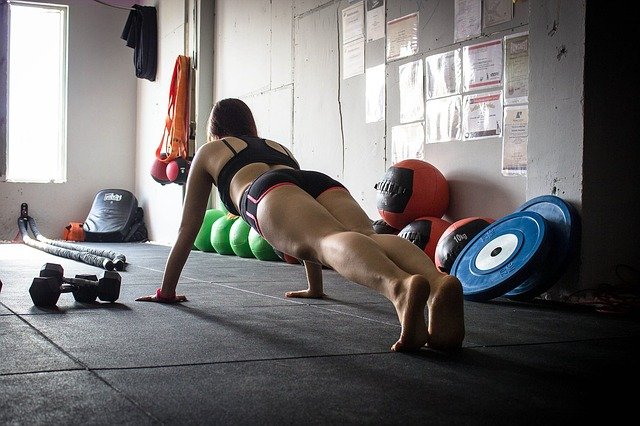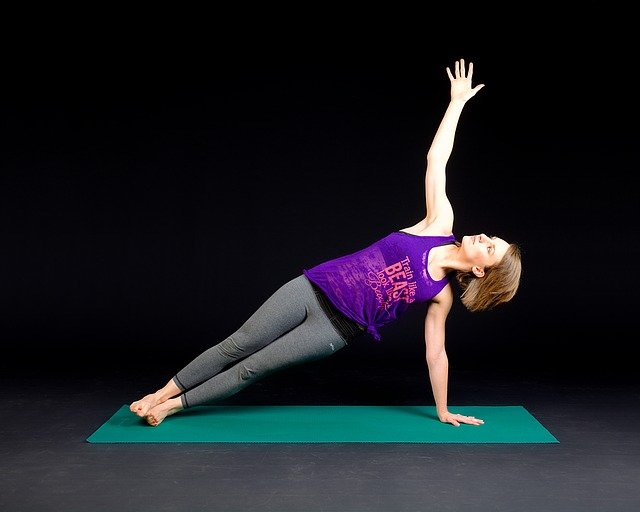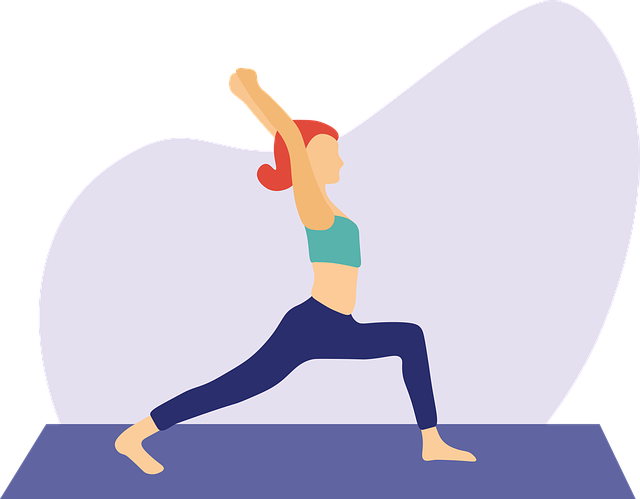
Balance and Aging Gracefully
Have you ever wondered why balance declines with aging? Do you seem naturally prone to falling more frequently as you age? Do you feel like you have simply become clumsy and uncoordinated? Often times, loved ones worry as parents or grandparents age due to increased frequency of falling. And, depending on how the fall occurs and the location, such as on a stairwell or in a bathroom, the fall could become significantly more serious than just a fall in soft grass. So, why do we seem to become less coordinated as we age? Well, there are a few physiological changes that occur and aid us in becoming less steady and less balanced.
Some of the more notable physiological changes include substantial changes in blood pressure when going from a sitting position to a standing position (Goad, 2020). Additionally, our age deteriorates slowly as we age, our reflexes slow down, and when combined with medications or a decline in muscle mass (Goad, 2020), we have the perfect storm for a serious fall that leads to injury. Another case where fitness professionals rally around including weight training with our daily workouts. I, as a certified fitness professional, include weight training at least 2-3 days per week and that is usually added on to my cardio work for that day.
Core strength also provides our bodies with greater stability, so before you groan at just the thought of crunches or planks, understand the reasoning and logic behind these important exercises. Planks are more of an isometric based exercise that requires us to hold the abdominal muscles tight to maintain our posture while in the plank position. Now, we can also modify our position and hold the plank while on our elbows or hands by keeping the knees on the floor and extending our upper torso away from our core.


Balance and agility should be included in a balanced workout routine for many reasons. With aging populations, mobility and flexibility hinge on being more agile and being able to maintain balance. If you feel safer with a cane or walking stick, by all means, do not give up the joy of going for a walk simply because you do not wish to be seen as frail if you have an aid for balance. Also, watch for hazards that can be removed in the home such as throw rugs and when out in the community, watch for uneven sidewalks (Shearer, 2017).
As we go forward and begin to think about how we will improve our health and well-being in 2021, one simple way is adding balance and agility exercises, which can easily be done in the home. Simply find an open area where you can use a wall or a counter top. Then slowly lift one knee towards the chest and lower back that leg back down, alternating the knees for at least 10 repetitions per leg. Strive for 3 sets, but work your way up to 3 sets if you have been sedentary. You may also try to extend one leg forward or behind you to balance, but again, be near a counter or wall for support.

So, for today, our conclusion is that part of being well and healthy, we should include balance and agility exercises. Stretching allows us to maintain greater range of motion, so be sure to stretch before and after your balance training. Also be sure to warm up the muscles, which can be done by simply marching in place for approximately 7-10 minutes. Once you feel more comfortable, you can take your routine out to a local park, where you can use trees or picnic tables for support; this also allows you to get some fresh air in the process. Stay healthy, stay focused, stay hydrated and as always; stay safe.
References
Goad, M. (2020, January 06). Why Does Balance Decline with Age? Retrieved December 08, 2020, from https://www.jfsrichmond.org/why-does-balance-decline-with-age/
Shearer, C. F. (2017, September 28). Retrieved December 08, 2020, from https://medcenterblog.uvmhealth.org/bones-muscle-pain/balance-tips-improve